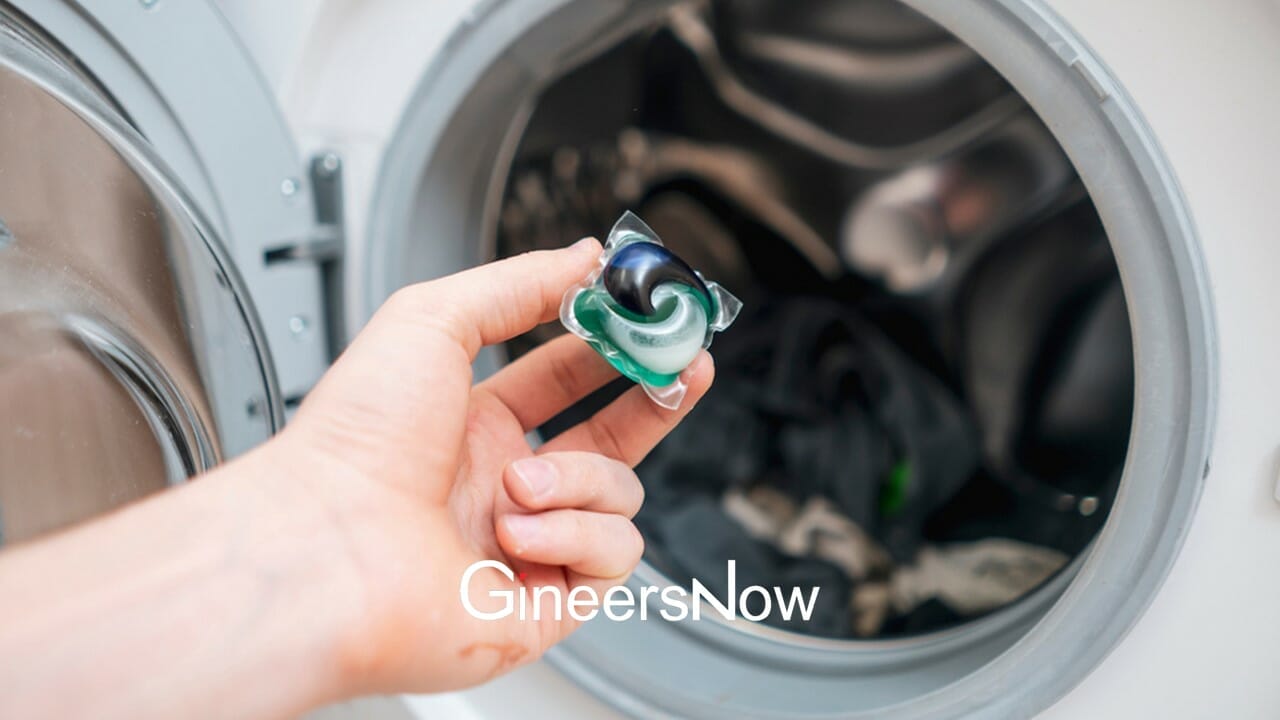A new synthetic method to produce molecularly designed polymer membranes has been developed by researchers from Imperial College London. This method has the potential to make chemical separation processes two steps higher more efficient that the conventional membranes.
Using synthetic poly membranes to separate gases and chemical is a more efficient, non-thermal solution, which will reduce energy consumption at a significant level, as well as reduce pollution and cut carbon dioxide emissions. This is far from the conventional chemical separation processes currently used in the industry which are relatively expensive, and accounts for 10 to 15 per cent of the world’s annual energy use.
The “designer” membranes are aimed to achieve high permeance, high molecular selectivity, and high stability in practical applications, which will set it different from conventional membranes which exhibit relatively low permeance of gas and liquids limiting their applications in large scale separation processes.

Source: Imperial College London
The approach used by the researchers was through linking twisted monomers to form cross-linked network polymers. Such monomers are then used to synthesize ‘polymers of intrinsic microposity’ or PIMS. PIMS have an increased volume of internal cavities which allows the membrane to be very permeable, with the network polymer acting as a scaffold to ensure rigidity and stability














